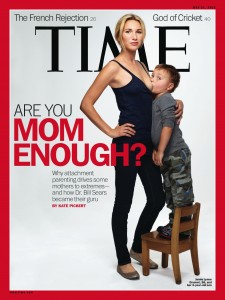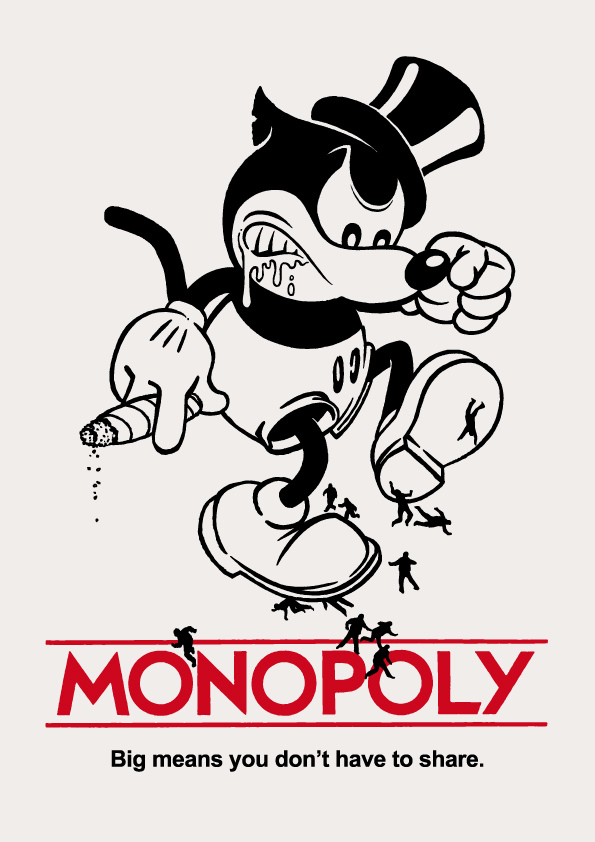Over the course of this term, marketing was certainly the one class where even new material seemed familiar. In a way, it made class concepts quickly understandable, but because it seemed easy on the surface, the more specific and detailed marketing strategies that we covered throughout the course really surprised me. It took some time to stop overlooking as I worked on different assignments, especially as we delved a bit deeper into the multiple steps that play a part in effective marketing.
My group’s company of choice was WestJet, and through the assignments, we were able to get a solid grasp of how specific and detailed a marketing plan had to be. This specificity made it difficult to create a video targeting the market we chose, which was business air travellers in their mid-thirties to forties. From the feedback we received, it was clear that the part we struggled with was making our video creative. We found it difficult to be extremely inventive and film our own clips for this video when the images we thought were most relevant to our content were difficult to create. I think a bit more in-class time spent on the video-creating and editing portion of the project would have been very helpful. The concept of making an engaging and well-executed video for a final project is very useful, but I think a more thorough tutorial would have made it easier.
While researching WestJet, I discovered how much work goes into shaping their brand so that it’s received positively by the Canadian market. Overall, I found the marketing project to be quite eye-opening as to how much detail and work actually goes into just getting a product to consumers.




